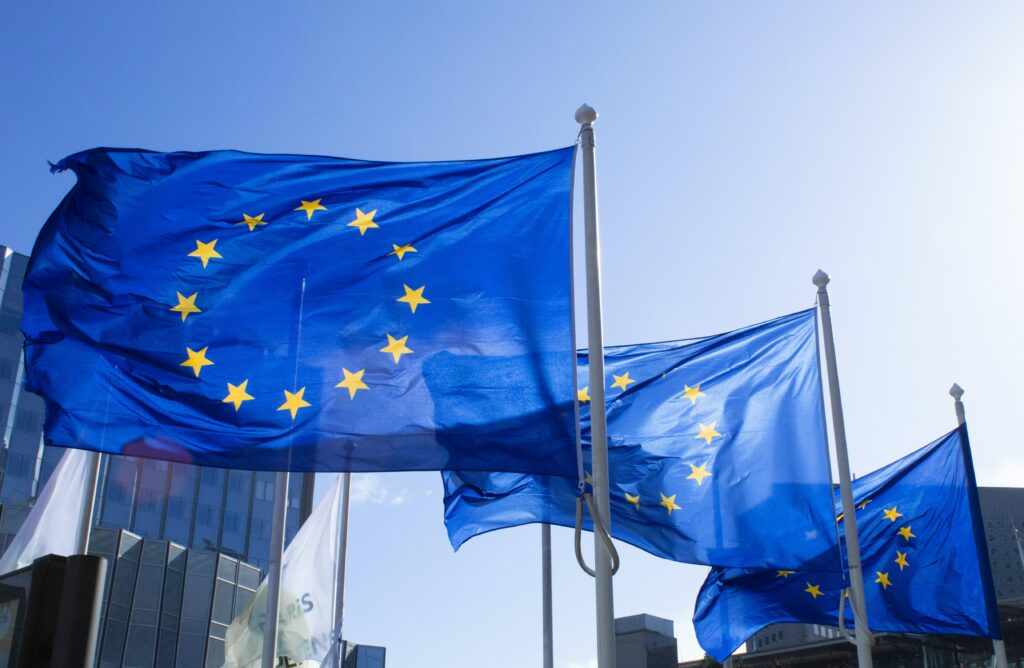The European Union will soon reinforce the companies’ responsibility to respect human rights and the environment through a new binding directive. This can be said with reasonable certainty. Nevertheless, companies face many uncertainties regarding the obligations that will be defined in this new directive. The technical and deeply political amendments to the respective drafts of the European Commission, the Council of the EU and the European Parliament easily explain this confusion. The three institutions are currently debatting in the trilogue process to reach a consensus on the CS3D. In this blog post, Ksapa clarifies what is certain and highlights the key points that are still being debated. Companies should nevertheless anticipate all these points in order to be ready for the CS3D.
What Is Certain?
To be CS3D ready, companies should already adapt their policies and processes to anticipate these key expectations from the CS3D:
- The CS3D will be adopted. Given the widespread public support and the Joint Declaration of Legislative Priorities of 2022 by the European Parliament, the Council of EU and the EU Commission, there is a consensus that the Directive will be adopted, likely by 2024. Once formally adopted, the Directive will be transposed into national law by EU Member States within two years, around 2026.
- Companies will be required to conduct mandatory human rights and environmental due diligence. In this regard, companies will need to improve their corporate governance practices to better integrate risk management and mitigation processes for human rights and environmental risks and impacts into corporate strategies. This will mainly involve establishing policies and implementing processes to identify, prevent and remediate these impacts.
- The scope will include human rights and environmental impacts. The final version of the CS3D will require companies to conduct due diligence on their human rights and environmental impacts. This scope, although not yet clearly defined, will be based on recognized human rights and environmental norms (international agreements and conventions, EU regulations). Therefore, the CS3D is likely to expect due diligence processes and action plans that address human rights and environmental impacts altogether.
- The scope will cover companies’ own operations, but also those of their supply chain. The three proposals agree on the need for companies to carry out due diligence on their own operations and those of their subsidiaries. If there is still uncertainty about the scope of their obligations in relation to their business relationships (supply chain only, whole value chain, limited value chain, etc.), it is clear that the obligations will extend beyond their own activities and operations and that they will have to anticipate – to some extent – processes that include their partners.
- Stakeholders will need to be better engaged. Companies will need to engage relevant stakeholders in the design and implementation of their human rights and environmental due diligence processes. For example, they will need to map and implement long-term stakeholder engagement as part of their human rights and environmental due diligence.
- Companies will need to improve access to remedy. The CS3D will include access to remedies for those affected by adverse human rights and environmental impacts of corporate behavior. This will require companies to strengthen their grievance and non-retaliation policies, mechanisms and escalation processes.
- Companies that do not comply will be subject to enforcement measures. The CS3D will confirm the civil liability of companies for damages resulting from breaches of due diligence obligations. It will also increase scrutiny of companies’ practices, as Member States are likely to designate national supervisory authorities to determine and enforce sanctions. There will also be a fine based on the company’s turnover.
What Is Still Under Discussion?
To be CS3D ready, companies also need to anticipate the issues that are at the core of the trilogue discussions. The heated debates on these points demonstrate their strategic weight, and are shaping the future of due diligence for companies.
- The degree of alignment with international standards. One of the first overall challenges is the alignment of the future CS3D with recognized international standards on due diligence, namely the UNGPs and the OECD Guidelines, as more divergence would create a need for companies to identify differences and anticipate new requirements from the CS3D.
- The type of adverse human rights and environmental impacts. This point concerns the scope of impacts that should be identified in due diligence, and which adverse impacts should be prioritized. For now, the proposals refer to a list of human rights and adverse environmental impacts in an annex to the CS3D, but further clarification is asked by stakeholders.
- The inclusion of the financial sector. The ongoing trilogue is essential to clarify the inclusion or not of financial services in the scope of the CS3D and the nature of their obligations. So far, all three positions create certain – albeit different – exemptions for financial institutions in the way they should carry out due diligence.
- The inclusion of directors’ duties. There is uncertainty regarding the inclusion of directors’ duty of care for putting and overseeing the due diligence actions, and how these duties should be defined. Concretely, the debate is on whether directors must take into account the consequences of their decisions for sustainability matters, in short, medium and long term.
- The extent of interaction of the future CS3D with existing legislation adopted by member states, e.g. in France and Germany. These members states will have to adapt their national regulations. There have been reports of Member States (France and Germany) being accused of “undermining” the scope of the CS3D due diligence obligations, as this could lead them to implement more stringent obligations on companies. As the CS3D’s provisions will prevail over the preexisting national regulations, companies must anticipate how to comply with these national regulations, while simultaneously anticipating the CS3D obligations to come.
- The alignment with other EU sustainability regulations. There is, for example, the question of the alignment between the scope of the new European sustainability reporting requirements (CSRD) and its standards (the “ESRS”), with the yet unclear scope of human rights and environmental due diligence obligations under the CS3D. Double materiality and its impact assessment are calling for reasonable efforts to base assessment on due diligence though. Getting ready for CS3D with robust environmental and human right due diligence will help to properly work on double materiality at least.
Conclusion
Whether certain or uncertain, companies’ obligations in terms of human rights and respect for the environment are becoming stricter. Anticipation is essential. Companies should already be addressing the most divisive issues, as they highlight strategic questions, and future expectations. Human rights and environmental due diligence requirements will surely come through other regulations, if not by the CS3D. For example, through the SFDR or the green taxonomy for the financial sector. But also through business partners’ expectations. Indeed, your largest client falling within the scope of CSD3 will ask you to comply with living wage expectations. Your investor will ensure that your project complies with the objective of DNSH‘s principle. Your end customer could sue you for greenwashing. In conclusion, certain or not, it’s best for companies to be ready for CS3D, now.
Séphora is a Senior Consultant who contributes to Ksapa's consulting and advocacy activities. She works mainly on human rights, climate change and sustainability issues, and on European and international regulatory analysis and monitoring.






